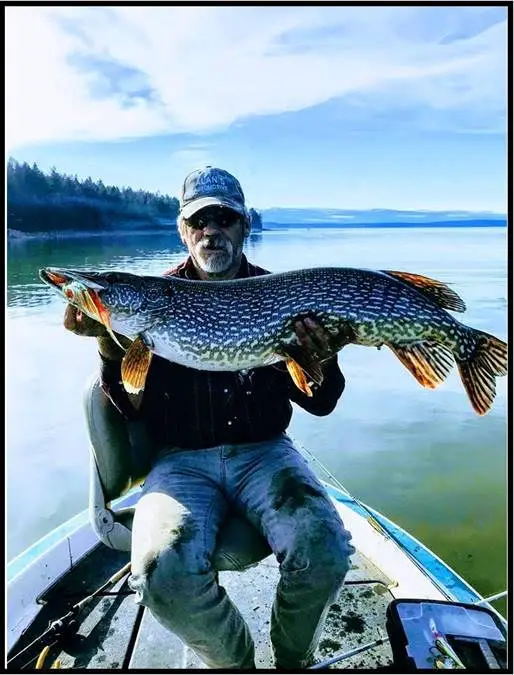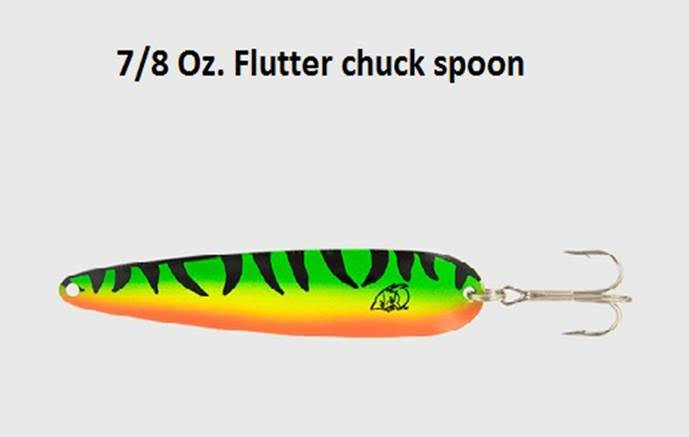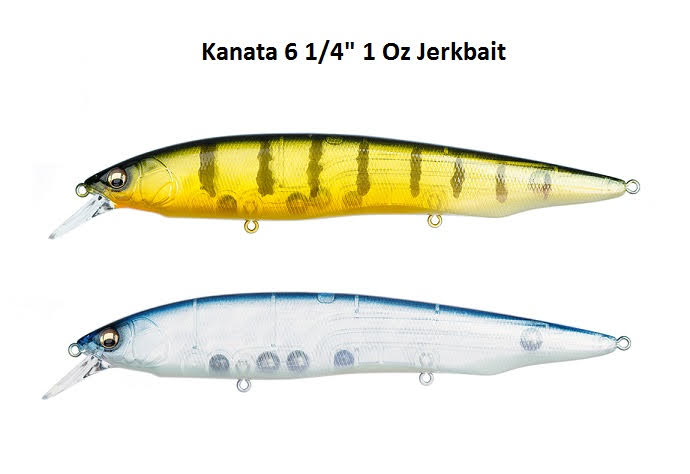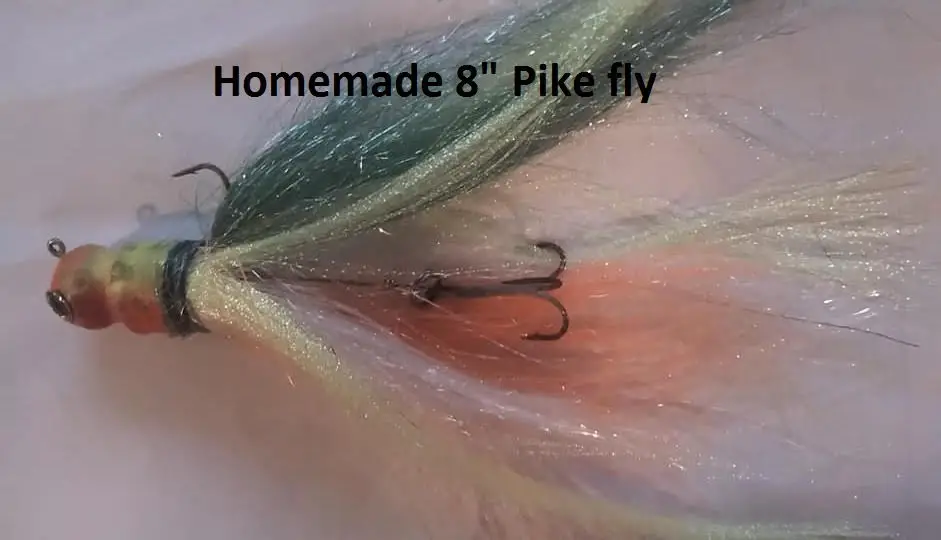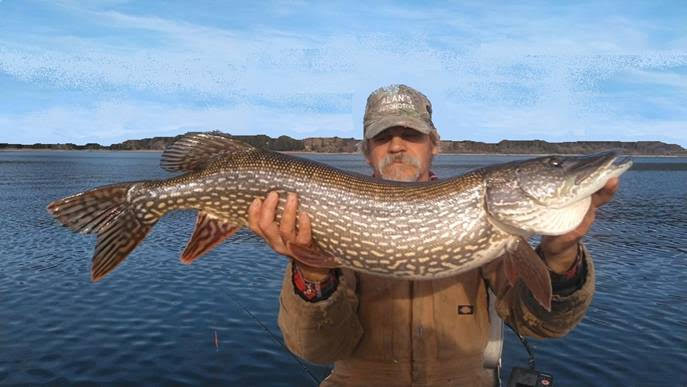Search
Latest Articles
Open water winter Pike fishing
by Rick Lawrence, November 07, 2020
Perch and Whitefish are the primary forage fish in this area, but the fish in your waters it may be Perch and another fish that are somewhat slow and easy for pike to catch. Pike do not like to waste a lot of energy chasing down prey, so they rarely eat agile fast moving fish like Trout.
Many of the rivers and lake here in the N.W. rarely if ever freeze over and can provide some excellent winter Pike habitat. I have found pike in 2 major types of cover in this area during the winter months. This is either on the edge of a weedline in 6 to 15 feet of water or on the edge of a steep drop off that drops from say 25 foot into well over 100 foot of water. This can be over a rock, gravel, or sand bottom and most of the time there is little to no weed cover. Most of the rivers here in the N.W. you can find Pike in a backwater eddy with a good weedline in that 8 to 12 foot range.
The flutter spoon is by far my favorite lure for winter pike, but I also fish some other lures in cold water months that can at times produce some great results. I have even got some monster fish on a homemade weighted fly. It uses a wine bottle cork and lead to make it heavy but still have a slow sink rate and lots of long flashaboo and tinsel for flash and color. I use jerkbaits a lot in the winter as well and some of my go to jerks are the Magabass Kanata and Vision Magnum’s.
Huskyjerk’s work as well but I have found the quality of these lure to be poor lately with many of them breaking or tearing out the hook hangers. Xrap’s and Shadow-raps also are good fish catchers.
My favorite spoon is the Pot-o-gold spoon as these are very inexpensive and work great. The original Daredevil in 1 oz. and 1 ½ oz. I fish these by casting out as far as you can and let the spoon free fall, watching your line. When it stops I lift it up about 6 feet and let it fall again. This bottom hopping method works really well in deeper water. My other bait of choice is the Eppinger Big Ed Flutter chuck in 7/8 oz. These are great choices as well. I fish these in kind of the same way as the other spoon but instead of letting the bait free fall I keep a tight line on the bait and let it fall till it hits bottom. Then I lift it up about 6 feet and let it fall again keeping in contact with the bait.
The key to fishing jerkbaits in the winter is presentation. You want a stiff rod with braid tied to a short 80 or 100 lb. flouro leader. to directly control the action of a jerkbait.
This method of lure fishing often works when all else fails. Many of my 20 plus pound pike I have taken this way. Jerkbait fishing for pike is an altogether different angling experience with pike fishermen braving the elements in order to land the perfect catch.
Quick pops of the bait followed by long pauses will normally get you the most bites. You want to make sure you have a bait that truly suspends flat, the flatter the better with no rise or sink when the bait is stopped. If it does not use suspend strips or heavier hooks if the bait raises in the water. If it sinks try lighter hooks. This is a great starting point for you to start catching pike using jerkbaits. This method works on rivers or lakes, so all you need to do is get in gear and head off to a lake or river to see how good winter Pike fishing really is.
